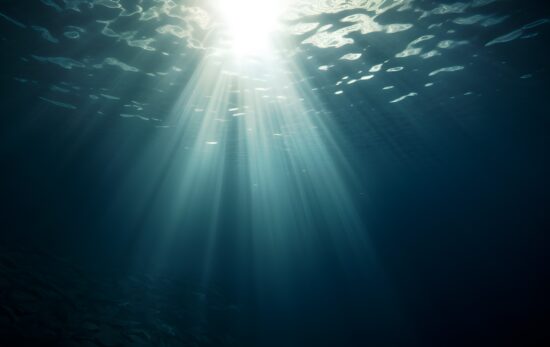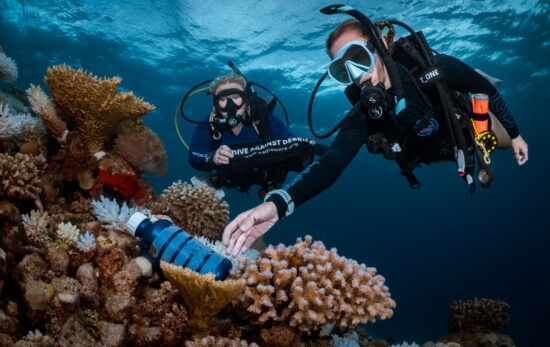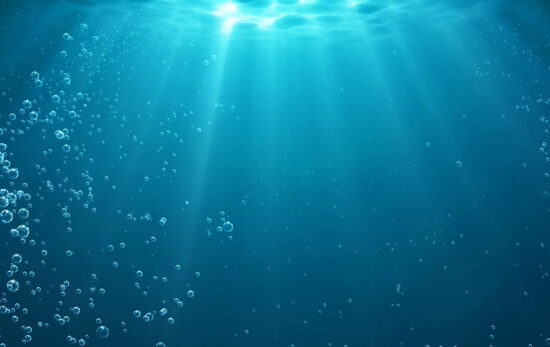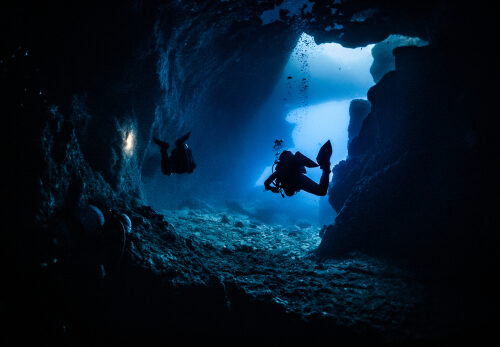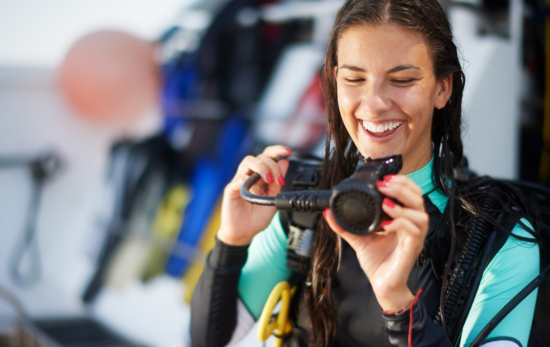As a diver, you probably get a lot of the same questions from nondivers, like “How deep can you go?”, “Aren’t you afraid of sharks?”, “How long does your tank last?” and so on. Even though we hear these often, passionate divers like us usually welcome this curosity because it’s a chance to share why we love diving and invite someone to enjoy diving’s transformative superpowers, and join us as an Ocean Torchbearer.
Dive pros – PADI Instructors, Divemasters and Assistant Instructors – get a lot of curiosity questions from divers. By “curiosity”, I mean questions that aren’t about what we need to know, but want to know simply because we’re interested. Ranging from diving’s history to fascination with why we do things the way we do, there are probably hundreds of these — but let’s answer some we hear most often.
Who invented scuba?
This short answer is Jacques Cousteau and Emile Gagnan in 1943. But, that’s not a complete answer. While Cousteau and Gagnan invented scuba like what we use as recreational divers, “scuba” is Self Contained Underwater Breathing Apparatus, and any independent underwater life support (no hose to the surface) for breathing underwater is scuba. Henry Fleuss is credited with inventing the first “real” rebreather in 1878, but even 18 years before that, French inventor Benoit Rouquayrol patented a regulator much like Cousteau-Gagnan’s. While Rouquayrol’s scuba didn’t catch on because cylinders couldn’t yet hold much pressure, it is thought that it helped inspire Jules Verne’s 20,000 Leagues Under the Sea.
So why “scuba” not “SCUBA”?
“Scuba” was written “SCUBA” until dictionaries started listing it as a common use word no long considered an acronym. That started in the late 1970s, although “SCUBA” is still used by some.
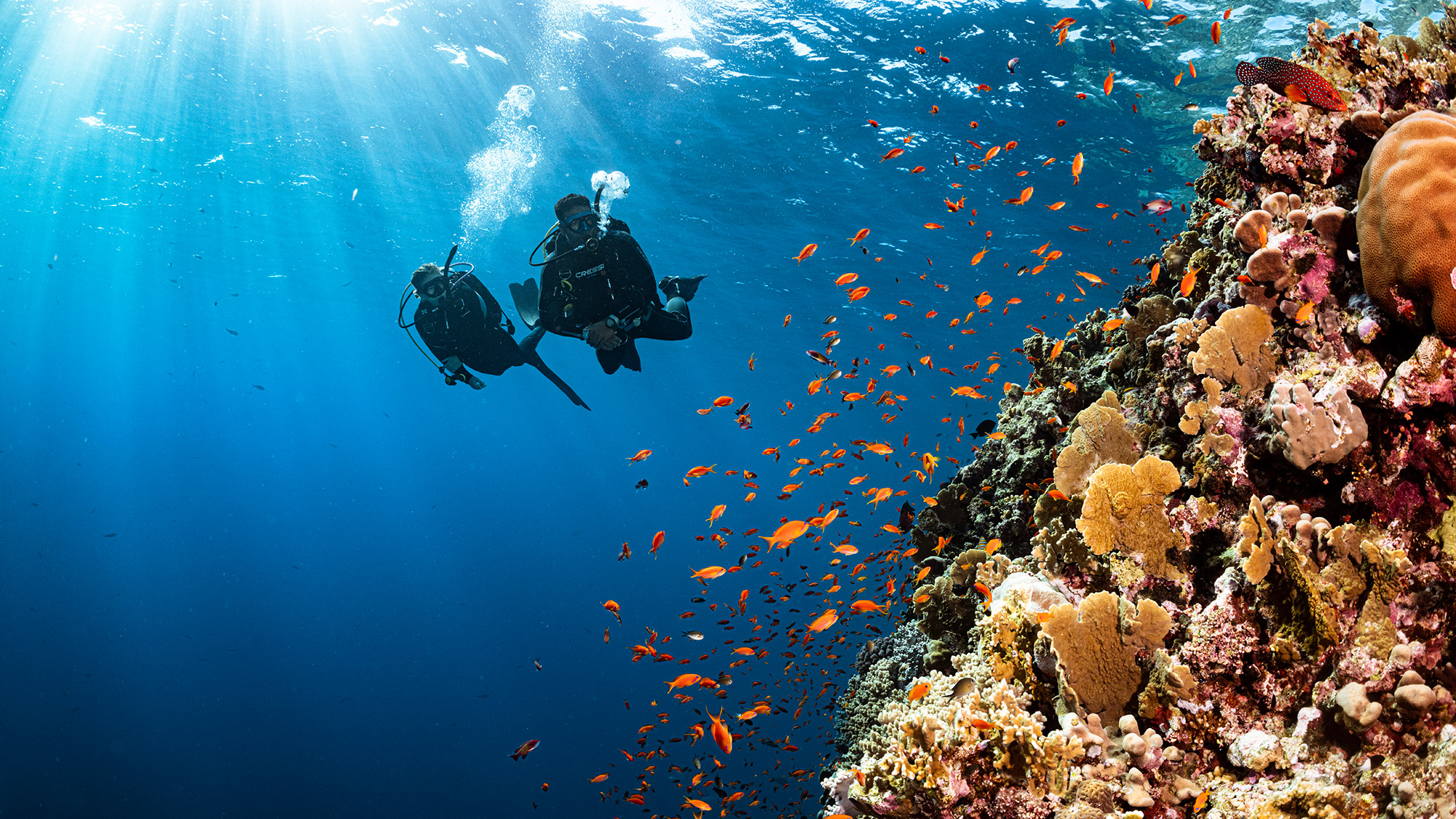
Why do I sometimes hear tank valves called “K” valves and sometimes “J” valves?
Almost all cylinders use K valves today — standard cylinder valves. Until the 1980s, however, many divers still used J valves that had reserve mechanisms to alert you to low air — a holdover from the days before SPGs. There are still a few around. In early U.S. Divers (one of the first scuba equipment manufacturers and part of Aqualung) catalogs, item J was the reserve valve and item K was the valve without reserve. The names stuck, and you still hear them today. You can see an early catalog photo here.
Handedness – why do weight belts release right and snorkels ride left?
Weight belts have a right-hand release, because most people are right handed. Even if you’re left-handed like me, it’s standardized so it’s easier for us to help each other in an emergency. We automatically know which way to work the release.
With snorkels, it’s because we use both hands to exchange with our regulators, which come from the right – and that may not be due to right handedness. With most early double hose regulators, inhaled air came from the right hose and exhaled air exhausted out the left. Single hose regulators essentially eliminated the exhaust hose, leaving only the right. By the way, in old double hose diving TV/cinema knife fights (e.g. Thunderball), watch closely. They usually cut left hoses – allowing the actors to continue to breathe!
Is decompression sickness (DCS) called “the bends” because divers bend over in pain?
You’ll hear that, but there’s more to the backstory. The first people to have DCS weren’t divers, but pressurized mine and bridge caisson workers in the mid 1800s. At the time, a stooped posture called the “Grecian Bend” was in vogue with fashionable women; workers with DCS contorting similarly led to “the bends” moniker.
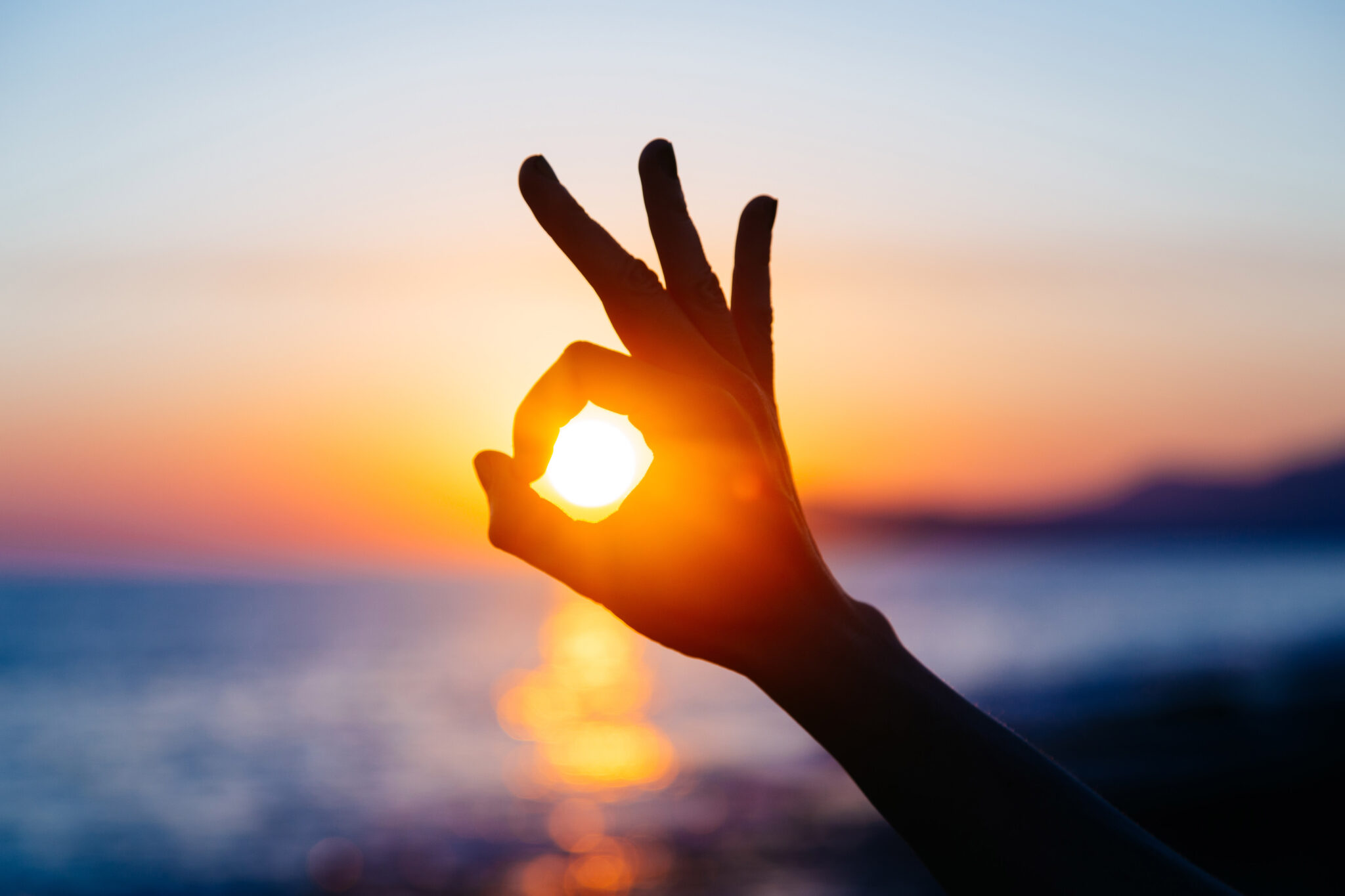
Why don’t divers use American Sign Language (ASL) underwater?
Actually, some do! But aside from those relatively few, it’s because in the 1940s and 50s diver hand signals originated as a limited set of intuitive gestures that most people easily understand and remember. Also, ASL is not global and there are even dialects, whereas dive signals are the same worldwide. Now standardized internationally, today divers who don’t share a common language above water communicate effectively below.
For years I kept my snorkel in while making a breathhold descent, then cleared it and started breathing when surfacing. Now everyone says take it out until after you surface and catch your breath. What’s up with this?
Diving evolves its practices as it learns. In this case, freedivers noticed that if someone blacks out during a breathhold dive, they often begin breathing again as soon as their face reaches air. If you black out, when your buddy gets you to the surface, the last thing you want is a snorkel full of water in your mouth.
I just checked everything while setting up my gear. Why do I have to do a predive check with my buddy?
Because human beings are brilliant at being forgetful. It’s amazing the silly, obvious, can’t-believe-I-did (or didn’t)-do-this errors people make, and I’m not excepting myself. As I’ve blogged about in the past, safety checks are intentionally repetitive to account for accidental omissions and mistakes. If it ever seems unnecessarily repetitive, trust me, that sentiment vanishes the first time it saves your bacon. Ask any diver who could have been hurt or killed but wasn’t thanks to catching something earlier checks somehow missed.
Seek adventure. Save the ocean.
Dr. Drew Richardson
PADI President & CEO.
PS: If dive history – people, gear, procedures, back-stories and so on – interests you, contact your local PADI dive shop for more about local diving history, as well as to get resources like the Encyclopedia of Recreational Diving. Also check out the Historical Diving Society and their publication, The Journal of Diving History.

